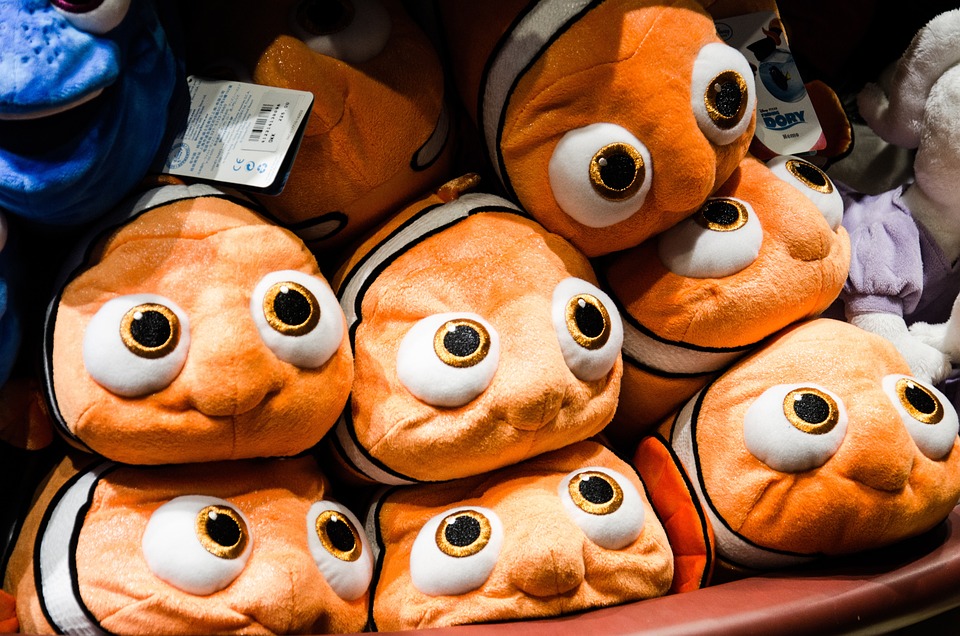Fish behavior is a fascinating subject that plays a crucial role in maintaining a harmonious and thriving aquarium community. Understanding the behaviors of different fish species is essential for their well-being and for preventing conflicts within the tank. In this article, we will explore various aspects of fish behavior, including their social interactions, territoriality, feeding patterns, and how they respond to different tank mates.
Social interactions among fish are intriguing to observe. Many fish species establish a hierarchy within their community, with dominant and subordinate individuals. This hierarchy, also known as the pecking order, helps maintain order and reduce aggression. Dominant fish have a higher social status and often have priority access to food and mating opportunities. Subordinate fish, on the other hand, may have to wait their turn for resources and may experience more aggression from dominant individuals.
Some fish species exhibit schooling behavior, where they swim together in large groups. Schooling provides numerous benefits, such as increased protection against predators, enhanced foraging efficiency, and improved communication. It is truly a spectacle to witness a school of fish moving in perfect unison. However, not all fish species school, and some prefer to live solitary lives, showcasing their beauty and independence.
Territoriality is another important aspect of fish behavior. Fish establish territories within their tank, which they defend against intruders. Personal space is crucial for fish, as it provides them with security and a sense of ownership. Aggression is common when fish feel their territory is being threatened, and they will defend it vigorously. It is important to provide sufficient space and hiding spots in the tank to reduce territorial conflicts.
Feeding patterns vary among fish species, with some being herbivores, carnivores, or omnivores. Herbivorous fish primarily feed on plant matter, such as algae or aquatic vegetation. Carnivorous fish have a hunter’s instinct and feed on other smaller fish or invertebrates. Omnivorous fish are versatile feeders and consume both plant and animal matter. Understanding the feeding preferences of different fish species is crucial for providing them with a balanced and nutritious diet.
When creating a tank community, compatibility among tank mates is essential. Some fish species are more compatible with each other, while others may not get along. It is important to research and select compatible species to ensure a harmonious community. Aggressive species should be approached with caution, as they may pose a threat to other tank mates. It is also crucial to consider predator-prey relationships and ensure the safety of all fish in the tank.
Here are some frequently asked questions about fish behavior:
Q1. Can I mix different species of fish in my aquarium?
A1. Yes, you can mix different species of fish in your aquarium, but it is important to research their compatibility and consider their behavior, size, and habitat requirements.
Q2. How can I determine if a fish is being aggressive towards its tank mates?
A2. Aggressive behavior in fish can include chasing, biting, or fin-nipping. It is important to observe the interactions between fish closely and intervene if aggression becomes excessive.
Q3. Will a fish change its behavior when introduced to a new tank?
A3. Yes, fish may exhibit different behavior when introduced to a new tank. They may be stressed initially but can adapt over time. It is important to provide a suitable environment and monitor their behavior closely during the acclimation period.
Q4. What are some signs of stress or discomfort in fish?
A4. Signs of stress or discomfort in fish can include loss of appetite, abnormal swimming patterns, color changes, or hiding. It is important to address any signs of stress promptly and identify the cause.
Q5. Do fish have personalities?
A5. While fish do not possess personalities in the same way humans do, they do exhibit individual behaviors and preferences. Some fish may be more active or aggressive, while others may be more shy or social.
By understanding fish behavior and their responses to the tank community, you can create an environment that promotes the well-being and happiness of your aquatic companions. Thorough research and consideration of each fish species’ characteristics and requirements are crucial before introducing them to your tank. Happy fishkeeping!









